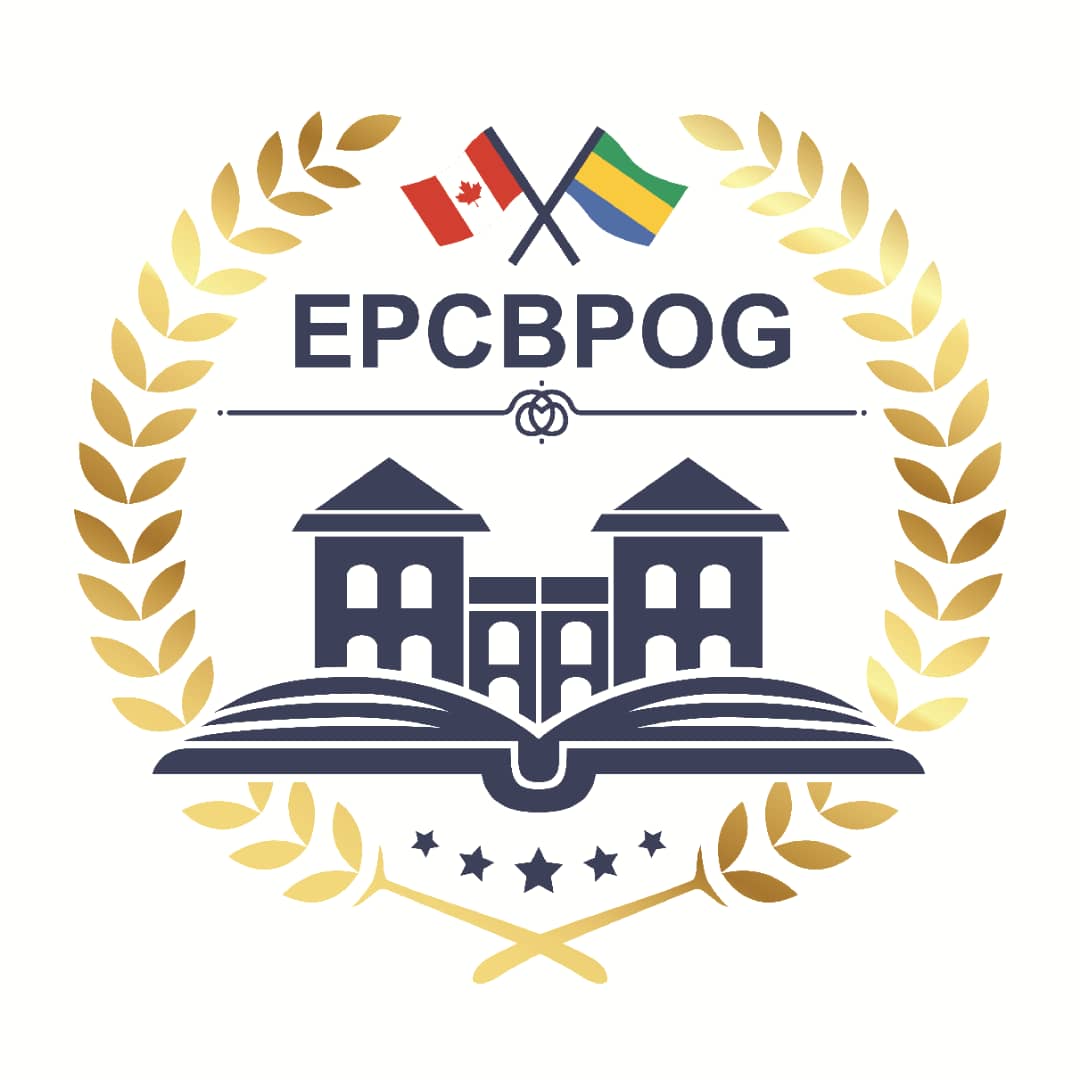And product management—as the hub where many parts of the company intersect—makes many big decisions. Given that a product manager has more to do than simply facilitate deliberations and prod people toward an outcome, many organizations turn to scalable decision-making frameworks. If used effectively, this can help ensure decisions are made as quickly as possible; without cutting corners or missing the input of stakeholders.
Products and services
By using a standardized process, nurses can ensure that all decisions are made based on predetermined criteria and that all stakeholders are involved in the decision-making process. This can lead to better patient outcomes and greater accountability in nursing. When it comes to making complex decisions, using a decision-making framework can be a helpful tool. However, not all frameworks are created equal, and some may be better suited for certain types of decisions than others. In this section, I will explore some strategies for using decision-making frameworks in complex contexts and adapting them to dynamic environments.
Paired Comparison Analysis
Implementing a decision-making framework can greatly improve the quality and effectiveness of decision-making processes. In today's fast-paced world, effective decision-making is crucial for individuals and organizations alike. With the multitude of choices we face on a daily basis, having a structured approach to decision-making can be a game-changer. Understanding and using different decision-making models can greatly improve how decisions are made in both personal and professional situations. We will also discuss collaborative decision-making and leadership, as well as answer some frequently asked questions about decision making frameworks. By the end of this article, you will have a solid understanding of decision making frameworks and how to apply them in your personal and professional life.
Six Thinking Hats
- Sometimes the right decision might prove a better choice than a quick decision.
- For example, if you don't have much information to consider, instinct may be the only tool for finding the best solution that you have available.
- By continuously monitoring the results of their decisions and adjusting their frameworks accordingly, decision-makers can ensure that their frameworks remain effective in a changing environment.
- If it was a perfect report card, then it’s just a matter of documenting what works and ensuring others understand how they can use it themselves when the next big decision needs to be made.
- It involves making decisions based on intuition and can be particularly useful in situations where time is limited or information is scarce.
This Technology’s influence on strategic decision-making foreshadows a future where trust, access, and integration will become critical components of competitive advantage. AI’s ability to digest and analyze vast quantities of information means decisions can be based on a comprehensive data analysis, transcending human limitations. The landscape of strategic decision-making is shifting, influenced by technological advancements and new paradigms in leadership. Surveys and customer insights offer a direct line to understanding the market’s response to a decision.
- To simplify business planning and ensure smart choices, it’s helpful to understand and use different decision-making models.
- In case you are also curious about the right decision-making framework, this post will guide you comprehensively.
- In this post, we’ll outline why decision making frameworks are useful, share decision making models, and provide best practices for making decisions as a team.
- For instance, in fast-paced business environments where quick decisions are necessary, the bounded rationality model helps in making practical and timely choices.
- You will explore frameworks and tools that enable faster decision-making while maintaining accuracy and confidence.
By evaluating the criteria and making a decision based on the most important factors, it becomes easier to make decisions that align with the overall goals and objectives of the organization. Whether it's a simple decision like what to eat for breakfast or a complex one like a business strategy, every decision you make has consequences. Decision making is both an art and a science, and it requires a strategic approach to be effective. These frameworks have varying complexity levels, and their selection depends upon the purpose of decision-making, specific situations, and available information. A decision matrix is a tool used to evaluate and prioritize multiple options based on several criteria. It helps in making complex decisions more manageable by providing a structured method for comparing different alternatives.
To reach a level of experience where you are confident enough to make the right decisions, a decision-making framework will always be of assistance. If you are setting up a company, having a decision-making framework will lighten the burden of decision-making on the top management. Complex contexts are different from complicated contexts because, in a complex context, no right answer or decision exists.
What are the steps involved in implementing a decision-making framework in a business setting?
Psychologists Daniel Gilbert and Timothy Wilson proposed the Deliberation-without-Attention framework, suggesting that deliberate, conscious decision-making may not always yield the best results. Strategies for individuals and leaders to cultivate a flexible, balanced, and inclusive work life. Deciding whether you should order tacos or sandwiches for your team offsite doesn’t warrant this much discussion and elbow grease. Most of us are eager to tie on our superhero capes and jump into problem-solving mode — especially if our team is depending on a solution. But you can’t solve a problem until you have a full grasp on what it actually is. As we learn and talk to others, we may need to revisit different "steps" of the DMF.
To foster team collaboration, it is important to create a safe and open environment where team members feel comfortable sharing their ideas and opinions. One way to achieve this is by using brainstorming sessions where everyone can contribute their ideas without fear of judgment. Another way is to encourage active listening, where team members listen to each other's ideas and build on them to come up with a solution that benefits everyone. To recognize biases, I need to be aware of my own values and beliefs that may impact my decision-making.
Below, the key components are delineated to optimize and integrate the framework within an organization’s fabric. Each type requires a different approach, with strategic decisions often having the most significant impact and involving higher potential risks. The decision-making process involves a sequence of steps that guide an individual or organization from identifying a problem to choosing a course of action. Root Cause Analysis is a method for identifying the underlying causes of a problem or decision situation. It involves asking “why” repeatedly to trace back the chain of events and factors contributing to the issue, thus enabling targeted solutions.
Steps in the rational decision making process
These are the questions that need to be answered before handing over the responsibility of a decision to an individual or a group of individuals. Certified Bookkeeper If the decision needs to be taken is at work, then the organizational structure should be considered. These are all the possible choices that you have, and you can start eliminating the wrong choices from here.

